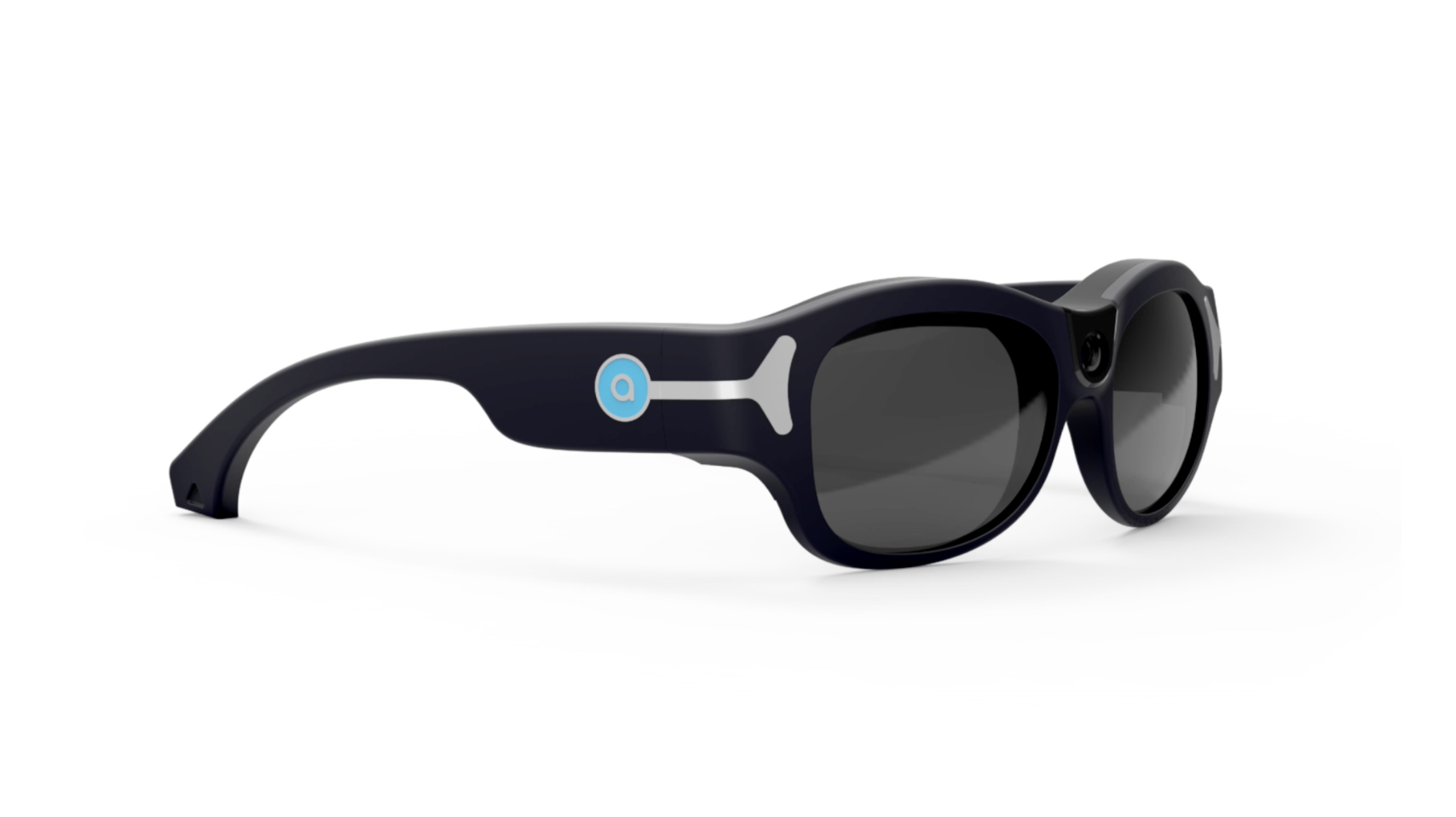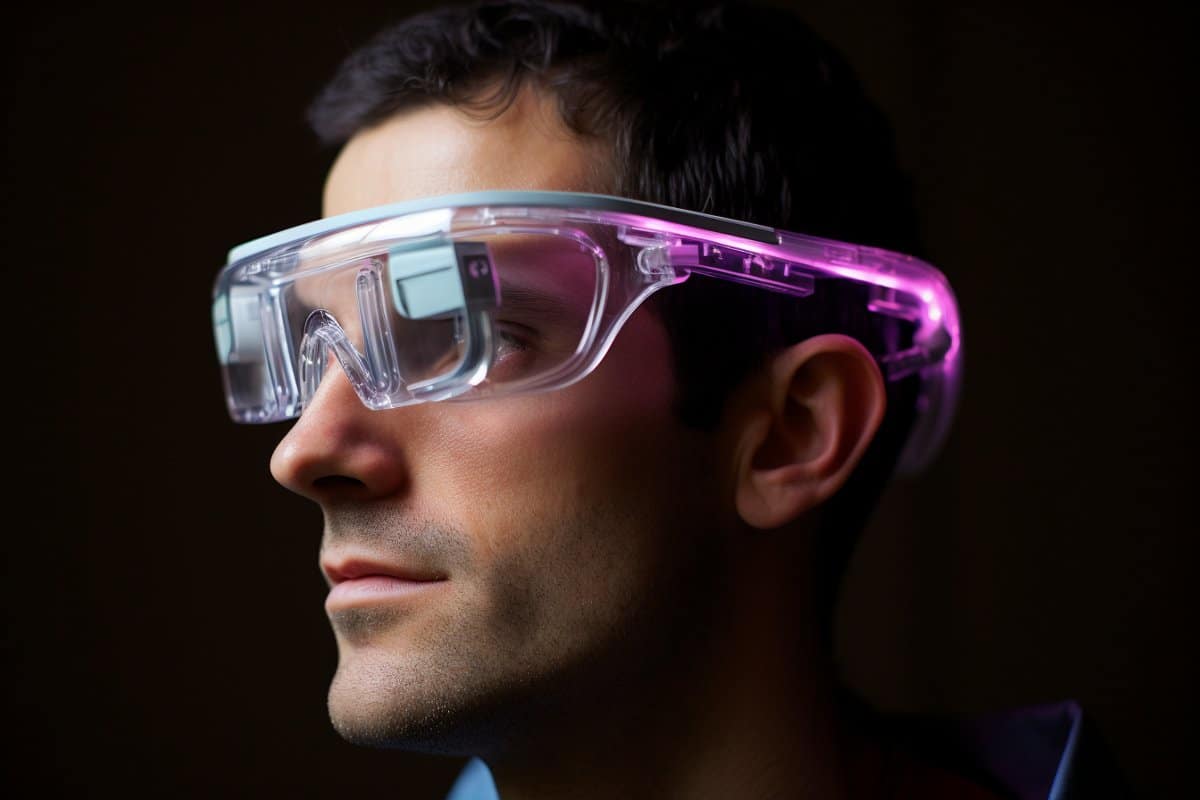The Future of Assistive Technology for the Blind: Empowering Independence
Wiki Article
Enhancing Access Through Assistive Modern Technology for the Blind
The assimilation of assistive technology for the blind represents a critical improvement in accessibility, basically modifying just how people navigate their settings and engage with culture. From display readers to innovative smart canes, these devices not just enhance freedom however likewise promote inclusivity in numerous spheres of life. As we explore the varied sorts of assistive gadgets and their concrete influence on everyday living, it ends up being vital to analyze how recurring technical developments are improving the landscape of assistance for the blind area. What implications do these advancements hold for the future of accessibility?Summary of Assistive Innovation
Assistive modern technology refers to a range of devices and software made to boost the capacities of people with impairments, consisting of those that are aesthetically damaged or blind. This innovation plays an essential role in promoting independence and enhancing the lifestyle for individuals. By providing alternative approaches for accessing details and carrying out day-to-day tasks, assistive technology equips individuals to navigate their settings better.
The development and application of assistive modern technology accept a variety of concepts targeted at cultivating access. These concepts consist of user-centered style, which prioritizes the needs and choices of the individual, and the combination of innovation right into daily activities. Such developments make certain that assistive devices are not just useful however likewise intuitive and simple to utilize.
Additionally, assistive technology incorporates a varied range of remedies, from low-tech alternatives like magnifiers to sophisticated developments such as display readers and Braille displays. The recurring development of this area is driven by the need to attend to the unique obstacles faced by people with aesthetic problems (Wearable technology for low vision). As technology continues to advance, the potential for boosting accessibility and promoting inclusivity remains appealing, inevitably contributing to a more fair society

Types of Assistive Devices
Countless sorts of assistive devices are offered to sustain individuals that are visually impaired or blind, each designed to attend to details demands and challenges. These tools can be generally categorized right into 3 main types: low-tech, mid-tech, and state-of-the-art solutions.Low-tech tools include items such as magnifiers, Braille labels, and tactile maps. These are fairly simple tools that boost the user's capability to communicate with their environment without requiring complicated innovation.
Mid-tech gadgets frequently entail extra sophisticated functions, such as electronic magnifiers and mobile Braille note-takers. These gadgets can provide performances like speech result, permitting customers to gain access to info a lot more efficiently.

Effect On Daily Living
The schedule of different assistive tools dramatically boosts the high quality of life for people who are visually impaired or blind, influencing their daily living in profound ways. By incorporating technologies such as display viewers, Braille displays, and audio description solutions right into their routines, users get higher freedom and independence. These tools assist in accessibility to details, enabling individuals to carry out daily tasks, such as reviewing e-mails, browsing public rooms, and appreciating media web content.In addition, assistive devices empower people to involve even more totally in social interactions and community tasks. The capability to utilize smart devices equipped with ease of access attributes enables seamless interaction and link with others. This connectivity promotes a feeling of belonging and minimizes feelings of isolation.
In expert settings, assistive innovation sustains efficiency by permitting people to full job jobs successfully. Devices like voice recognition software and specialized zoom gadgets allow customers to take part in the workforce on equivalent ground with their sighted peers.

Developments in Innovation
Recent technological developments have actually significantly transformed the landscape of tools readily available for individuals who are visually damaged or blind. The integration of artificial knowledge (AI) and artificial intelligence has offered increase to applications that improve navigating and object acknowledgment. For instance, smart device apps can currently utilize AI to determine and define environments in real-time, supplying users with important contextual info.In addition, improvements in haptic technology have actually led to the growth of smart canes outfitted with sensors that find obstacles and supply responsive feedback. This encourages users to navigate their environment with increased self-confidence and independence. In addition, developments in text-to-speech software and braille display screens have enhanced the availability of electronic material, permitting seamless communication with numerous media.
Wearable innovations, such as clever glasses, are also making strides in aiding visual impairment. These tools can offer enhanced reality experiences, overlaying essential info onto the individual's field of vision. Jointly, these advancements not only improve the quality of life for individuals who are blind however also advertise better incorporation in culture. As technology remains to evolve, the More Bonuses potential for even more transformative tools remains imminent.
Future Trends and Innovations
As modern technology quickly advances, the future of assistive tools for individuals who are use this link blind holds tremendous guarantee. Advancements in expert system (AI) and machine knowing are positioned to transform the way blind customers connect with their environments. AI-driven applications are being established to boost object acknowledgment, enabling customers to determine and navigate their surroundings with higher ease and precision.
Furthermore, advancements in haptic comments modern technology are making it possible for the development of responsive maps and navigating aids that give real-time details with touch. These developments not only enhance mobility however likewise foster self-reliance. Furthermore, wearable tools outfitted with augmented reality (AR) attributes are arising, providing customers aesthetic details via audio descriptions, thus connecting the void between the digital and physical worlds.
In addition, the integration of wise home innovation offers brand-new opportunities for ease of access, permitting individuals to regulate their living settings through voice commands or smart device applications. As collaboration between tech designers and the blind neighborhood continues, the emphasis on user-centered style will make certain that future technologies are tailored to satisfy the special requirements of this population (Wearable technology for low vision). The trajectory of assistive technology promises an extra empowering and inclusive future for individuals who are blind
Conclusion
In final thought, assistive technology plays jobs related to optometry a vital role in enhancing ease of access for people with visual problems. Continuous innovations in technology and user-centered layout ensure that these tools provide effectively to the special needs of the blind community.The combination of assistive innovation for the blind stands for a critical advancement in availability, basically changing just how individuals browse their settings and involve with culture.Assistive technology refers to a variety of tools and software designed to enhance the capabilities of individuals with specials needs, consisting of those who are blind or visually impaired. Wearable technology for low vision.As innovation swiftly advances, the future of assistive tools for individuals who are blind holds immense assurance. The trajectory of assistive technology promises a much more empowering and inclusive future for people that are blind
In final thought, assistive innovation plays an important function in improving availability for individuals with aesthetic disabilities.
Report this wiki page